Anatoly Karpov - Caro-Kann Defence: Panov Attack
Here you can read online Anatoly Karpov - Caro-Kann Defence: Panov Attack full text of the book (entire story) in english for free. Download pdf and epub, get meaning, cover and reviews about this ebook. year: 2014, publisher: Pavilion Books, genre: Children. Description of the work, (preface) as well as reviews are available. Best literature library LitArk.com created for fans of good reading and offers a wide selection of genres:
Romance novel
Science fiction
Adventure
Detective
Science
History
Home and family
Prose
Art
Politics
Computer
Non-fiction
Religion
Business
Children
Humor
Choose a favorite category and find really read worthwhile books. Enjoy immersion in the world of imagination, feel the emotions of the characters or learn something new for yourself, make an fascinating discovery.
- Book:Caro-Kann Defence: Panov Attack
- Author:
- Publisher:Pavilion Books
- Genre:
- Year:2014
- Rating:4 / 5
- Favourites:Add to favourites
- Your mark:
Caro-Kann Defence: Panov Attack: summary, description and annotation
We offer to read an annotation, description, summary or preface (depends on what the author of the book "Caro-Kann Defence: Panov Attack" wrote himself). If you haven't found the necessary information about the book — write in the comments, we will try to find it.
The Caro-Kann Defence has a justified reputation for reliability, making it an attractive choice for players with a preference for positional play. However in recent years many new dangerous ideas have been discovered for White which makes a study of the theoretical main lines imperative for competitive players. The Panov Attack against the Caro-Kann, 1. e4 c6 2. d4 d5 3. exd5 cxd5 4. c4, covered in this second volume in the series, leads to a rapid opening of lines and very lively piece play with prospects of a quick attack on the kingside, queenside or the centre. Former world champion Anatoly Karpov and his collaborator Mikhail Podgaets select and analyse the essential main lines that provide Black not only with security, but also with active play. About the Author Anatoly Karpov is a living legend of the chess; he has dominated the world of the chess for over a decade as the world chess champion between 1975 and 1985. Garry Kasparov, the current champion, dethroned him and the two ideologically opposed Russians have had a bitter rivalry ever since. Anatoly Karpov is also the winner of the largest number of tournaments in the history of the chess, with more than 160 due tournaments. He is considered the best positional player of history of chess and is the author of several other books on chess theory.
Anatoly Karpov: author's other books
Who wrote Caro-Kann Defence: Panov Attack? Find out the surname, the name of the author of the book and a list of all author's works by series.

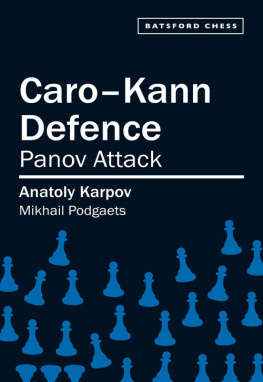
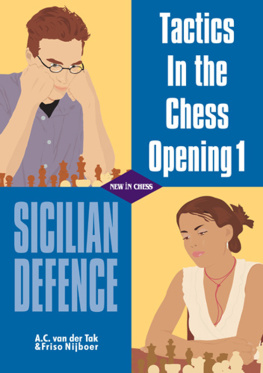
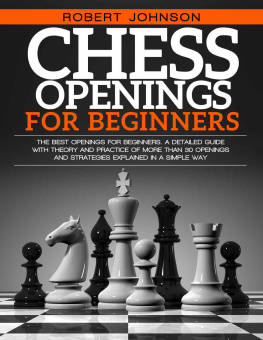

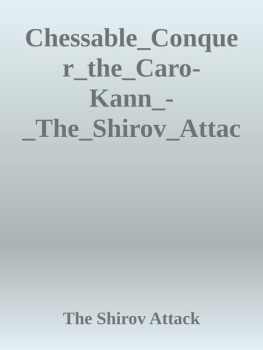
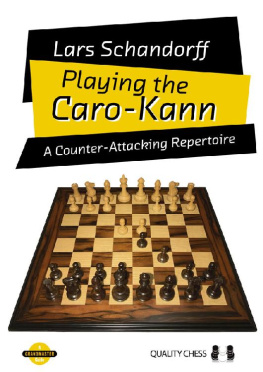
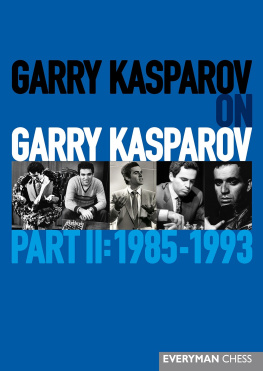

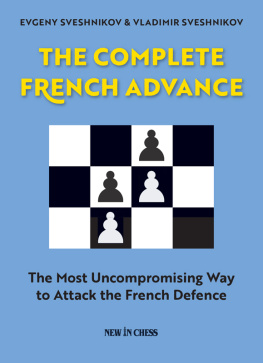
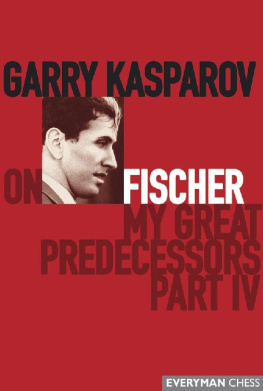
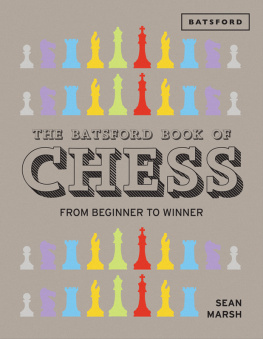


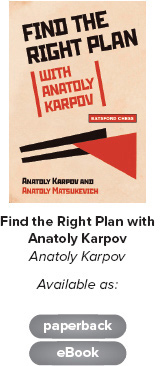
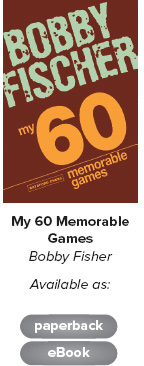
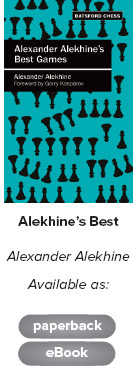
 @Batsford_Books
@Batsford_Books www.anovabooks.com
www.anovabooks.com

 f6 5
f6 5 
 f6 5
f6 5  e6!? (after 1 e4 c6 2 d4 d5 3 ed cd 4 c4
e6!? (after 1 e4 c6 2 d4 d5 3 ed cd 4 c4 